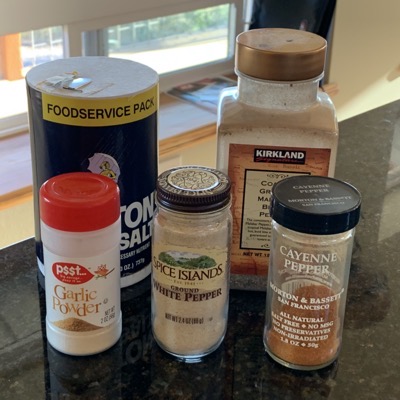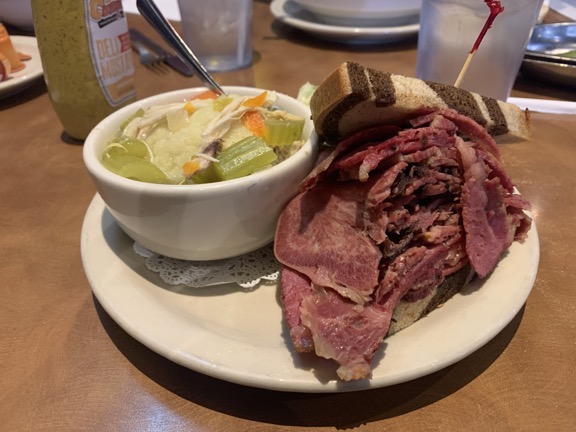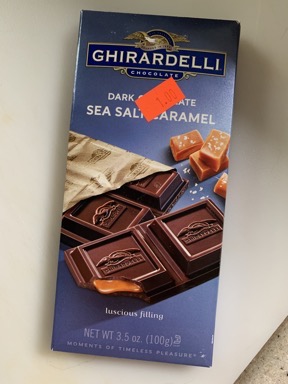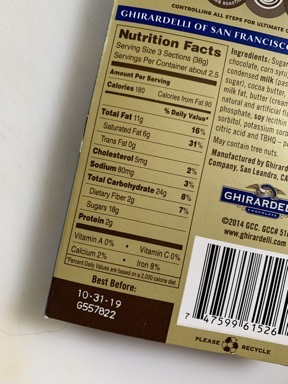I discover that a rib rub actually makes an excellent everyday seasoning.
A few weeks ago, I watched a cooking video titled “Salt & Pepper Spare Ribs” by Allrecipes.com‘s Chef John. Although Chef John’s sing-songy narration drives me bonkers, he shares a lot of good recipes and this was definitely one of them. (You can find the recipe without listening to his voice here.) I made the ribs, using baby backs because St. Louis (which I prefer) weren’t available, and they were great.
I did find myself with some extra rub after preparing the ribs. (Baby backs are smaller than St. Louis.) I put it in a jar in my pantry. This morning, on a whim, I sprinkled some on my breakfast scramble. Today, that included bacon; onions, yellow squash, and potatoes from my garden; spinach; and tomatoes with an egg on top. The small amount of “rib rub” I put on my breakfast really made the flavor explode. I regret not putting more on. (Tomorrow is another day.)
The blend is easy. Just mix these five ingredients together:

Just five ingredients. Can’t get any easier than that!4 teaspoons kosher salt. I actually used regular iodized salt, which is I had in my pantry and wanted to use up.
- 1 tablespoon freshly ground black pepper. Sadly my pepper mill doesn’t properly grind pepper — it cracks it. Not what I wanted in this recipe so I used pre-ground pepper. (Do not use flake pepper. Ever. If you have any, throw it away. It’s garbage.)
- 1 teaspoon freshly ground white pepper. I wouldn’t even know where to buy white peppercorns in the rural area where I live. I consider myself lucky to find ground white pepper so that’s what I used.
- 1 teaspoon cayenne pepper. I’ll admit I used a little less than this because I don’t like super spicy food. The ribs were definitely spicy enough for me.
- 1/2 teaspoon garlic powder. Honestly, I think this is what made it so good on my breakfast.
Put it in a jar that you can seal tightly. I try to save spice jars with sprinkle tops just for this purpose. Then use it on anything you would normally sprinkle with salt and pepper. You won’t be disappointed.
That rib recipe won’t disappoint you, either. It’s especially good if you don’t have a smoker or just want something different. It can’t be any easier to make.











